
Pilibhit National Park, also known as Pilibhit Tiger Reserve, is a vibrant wildlife sanctuary located in the Terai region of Uttar Pradesh, India. Spanning over 730 square kilometers, the park is rich in biodiversity, featuring dense sal forests, tall grasslands, and numerous water bodies. It forms a vital part of the Terai Arc Landscape, serving as an essential corridor for tigers and other wildlife between India and Nepal. The park is home to a healthy population of Bengal tigers, leopards, swamp deer, sloth bears, and over 300 species of birds, including the endangered Bengal florican. Visitors to Pilibhit can enjoy thrilling jungle safaris, bird watching, nature walks, and eco-tourism experiences, especially around the popular Chuka zone. With its serene beauty and rich wildlife, Pilibhit National Park offers an unforgettable glimpse into the natural heritage of northern India.

It is situated between Sharda dam and canal. It is a beautiful tourist destination with one bamboo hut, one tree house and four Thara huts. Best time to visit Chuka beach is between the month of October and April.
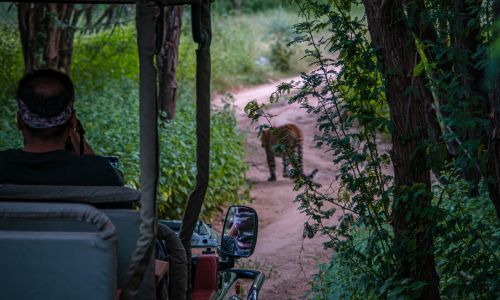
One such safari is Jungle safari. It can also be defined as a forest trail, except that instead of walking, hiking or trekking, you have also got the options of exploring the forest regions via a jeep or a elephant or even on a horse.
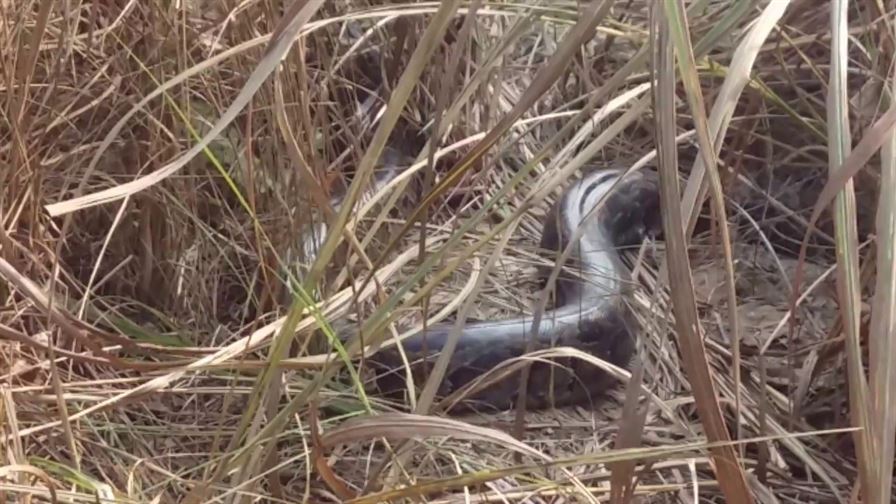
In the Red Data Book of CN, this giant snake python, which has been successfully shown in every habitat of Pilibhit Tiger Reserve, comes out along the path of the endangered wildlife
IU has been listed in the category, while the Indian Wildlife (Protection) Act 1972 has placed ISRO Schedule. It is easily visible due to sun being soaked in autumn. Its food includes small mammals,
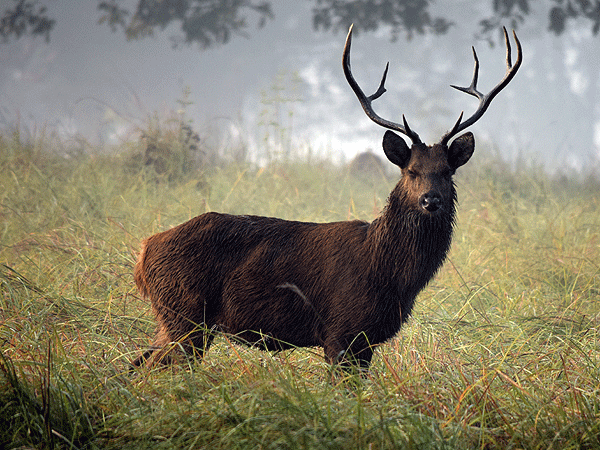
The favorite marshy grass of reindeer grows in this pond. Due to which the herd of reindeer is often seen here.
The barasingha is a large deer with a shoulder height of 44 to 46 in (110 to 120 cm) and a head-to-body length of nearly 6 ft (180 cm). Its hair is rather woolly and yellowish brown above but paler below, with white spots along the spine. The throat, belly, inside of the thighs and beneath the tail is white. In summer the coat becomes bright rufous-brown. The neck is maned. Females are paler than males. Young are spotted.
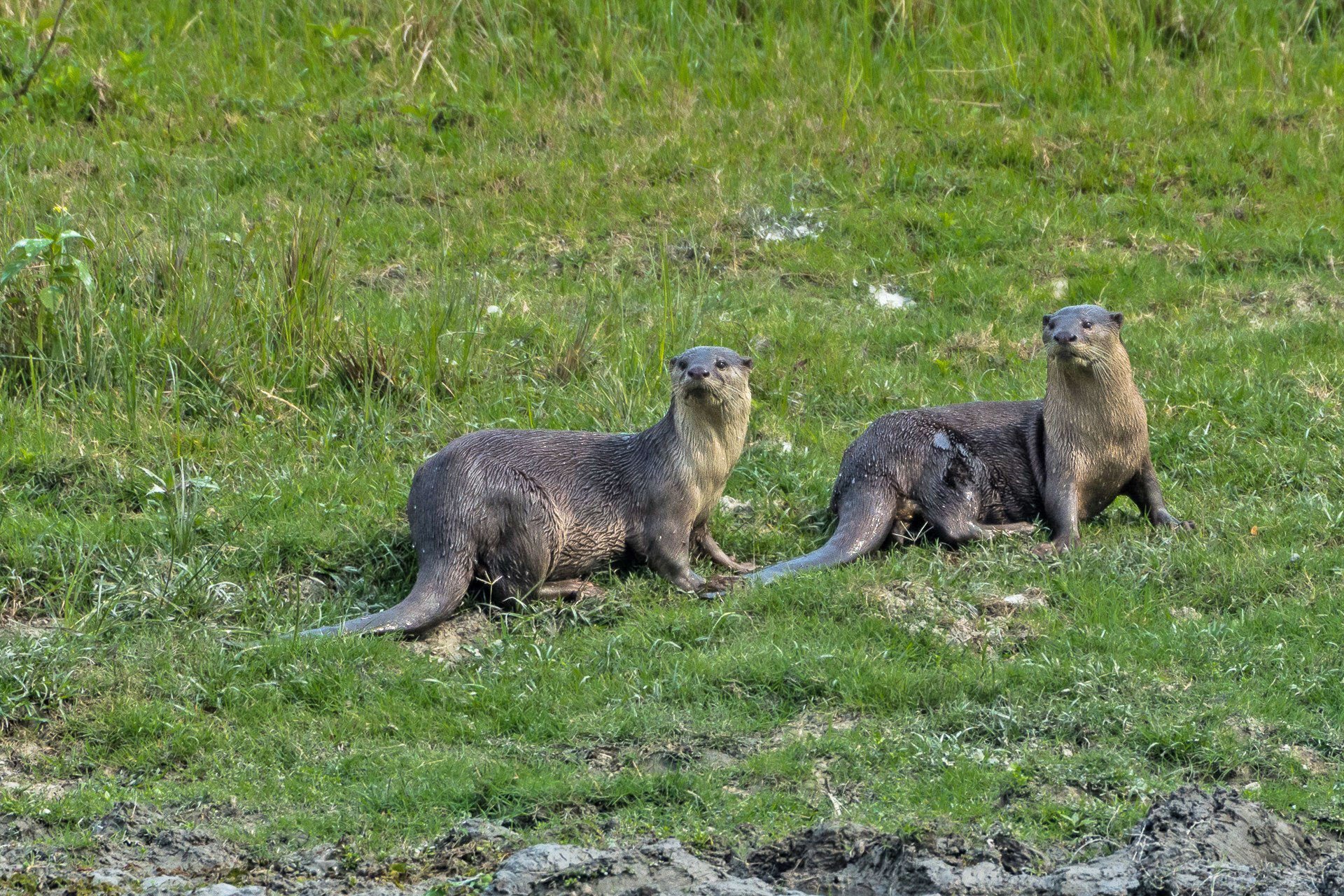
Smooth-Coated Otter
Lutrogale persplcillata
The otters that depend on water habitats can be seen in the Pilibhit Tiger Reserve with its water sports attracting tourists. It mainly depends on fishes for food. Its presence in an aquatic area indicates that the availability of fish species is in a better condition. The Indian Wildlife (Protection) Act 1972 is laid down in ISRO Schedule-II.
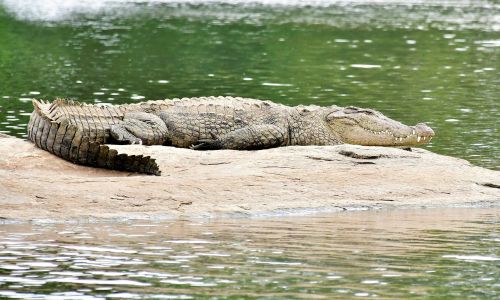
Crocodile is a skilled and powerful swimmer, which is found abundantly in every submerged parts of Pilibhit Tiger Reserve. It is usually easily visible from small water lakes to river estuaries. Its main habits include sunbathing on sandy land along the water in winter, it uses snakes, fish, turtles, birds, various types of small mammals, and dead carcasses in addition to various types of wildlife. Indian Wildlife (Conservation) ) Act 1972, it is placed in Schedule-I.
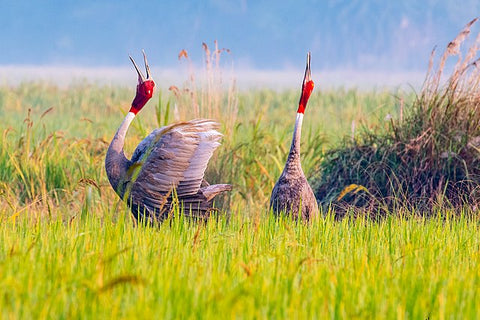
Birds like Grenville, Lalkar, Neelkar, Agred, Kautilya grade come to enjoy the winter every year by covering a distance of over km at various water sources including Sharda Sagar Dam.

Pilibhit National Park, located in the lush Terai region of Uttar Pradesh, is a mesmerizing expanse of pristine forests, rolling grasslands, and rich wetlands.
Hotline Round-the-clock